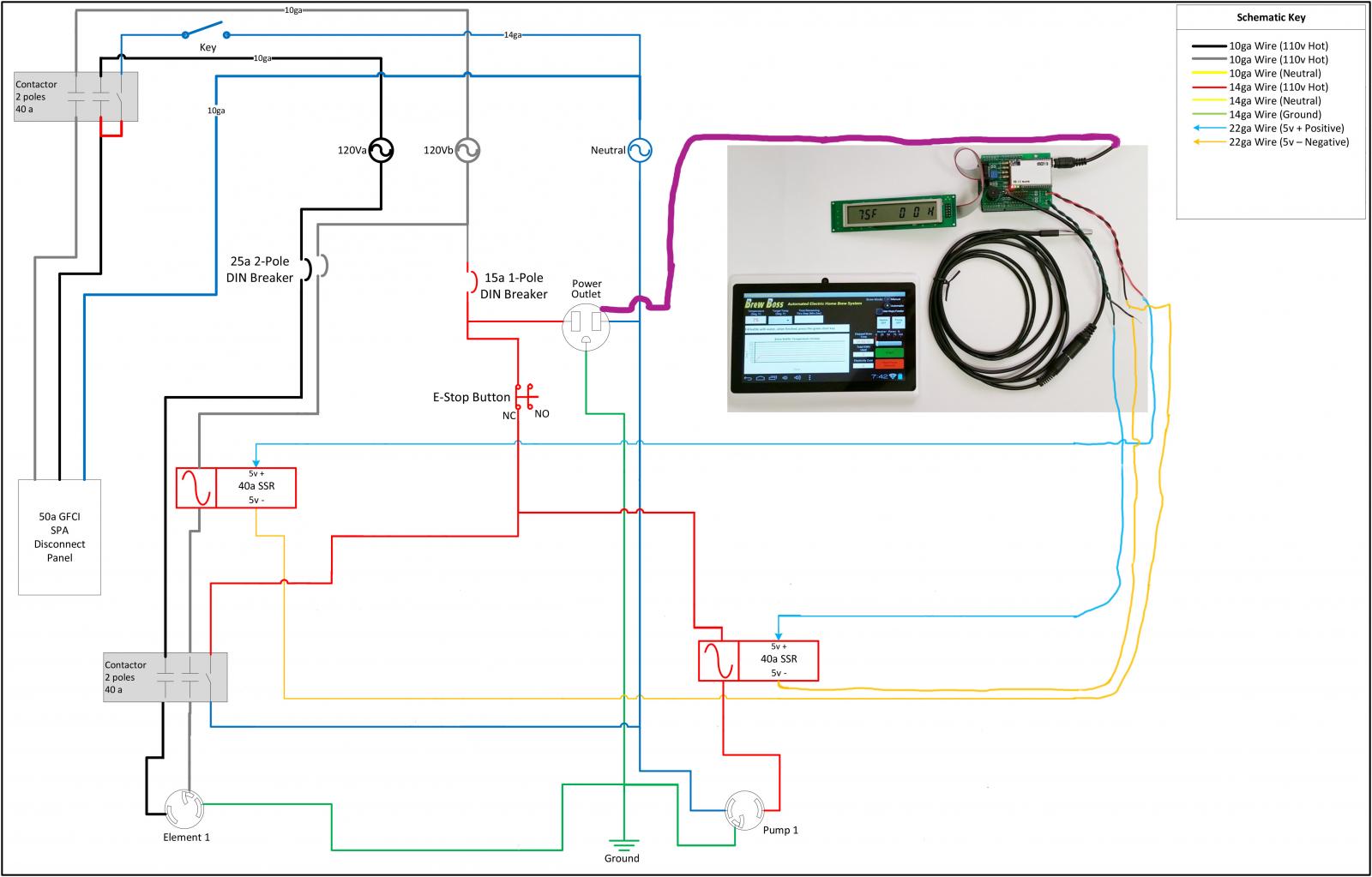This is an old thread but incase new electric brewers read it I offer this:
Contrary to popular belief, a GFCI doesn't actually check current to Earth Ground. It actually uses a differential current comparator to test the current flow through the device. In a 120 v GFCI, it compares the current leaving the Hot terminal of the device going to the load with the current returning through the Neutral terminal. If there is a small milliamp difference, the device trips.
This is important because if you put your self on the Hot and Neutral of the device, the current that is killing you is the same in as it is out. So the device will not trip!!! It is assumed that if there is a difference of the current in and out, there may be a path to ground. There is NO WAY to detect terminal to terminal as you just become part of the "Load". The "Test" button typically creates a current difference by shorting the HOT terminal to Earth Ground though a 15k ohm resistor.
A 220 v GFCI works much the same. It test the differential current between the Red phase A terminal with the current through the Black (or Blue) phase B terminal. It trips if there is a small milliamp difference. If you put yourself between the phase terminals, you are part of the Load and the device WILL NOT TRIP!!!! Again the assumption is that if there is a current difference it is to Earth Ground. But like the 110v version IT DOES NOT TEST CURRENT TO GROUND!!!
In a 120/240 v GFCI the current through the phase terminals AND the Neutral current are summed and compared, So if you use 120 v to neutral from one or the other phase terminals, the difference phase to phase is compared to the return current in the Neutral terminal. If they "Sum" there is no fault. SO.... if you put yourself between the phases or a Phase and Neutral, you are part of the load current and the device will not trip!!!
GFCI's are really a great safety improvement and nothing electrical should be used around liquids without one. It is just very important for you to understand what they DO and DO NOT test so as you are building and testing your equipment, you don't hurt yourself because of an incorrect assumption!!
Enjoy and Safe!
Pat






